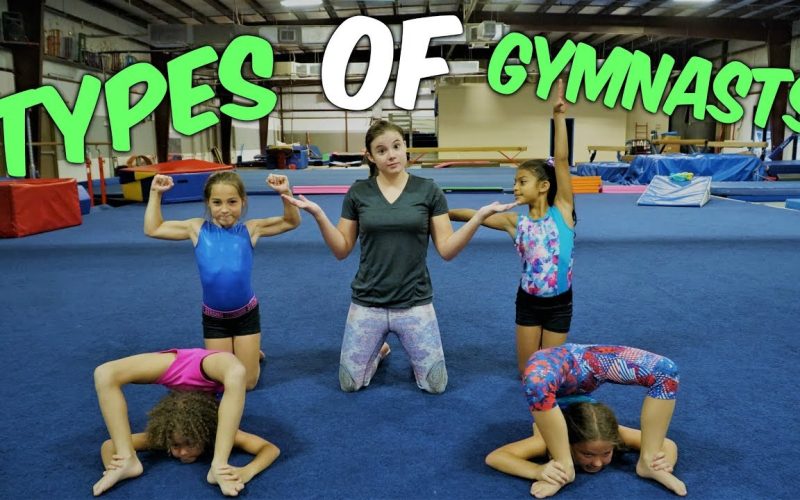When most people think of the different types of gymnastics, they picture it as a single discipline with many acrobatics.
Gymnastics, on the other hand, has branched out into other specializations. Each gymnastics sub-discipline focuses on a distinct facet of the sport, such as strength, agility, balance, and coordination, while incorporating elements.
In this article, we’ll review five different types of gymnastics and how they can help your child.
1. Artistic Gymnastics
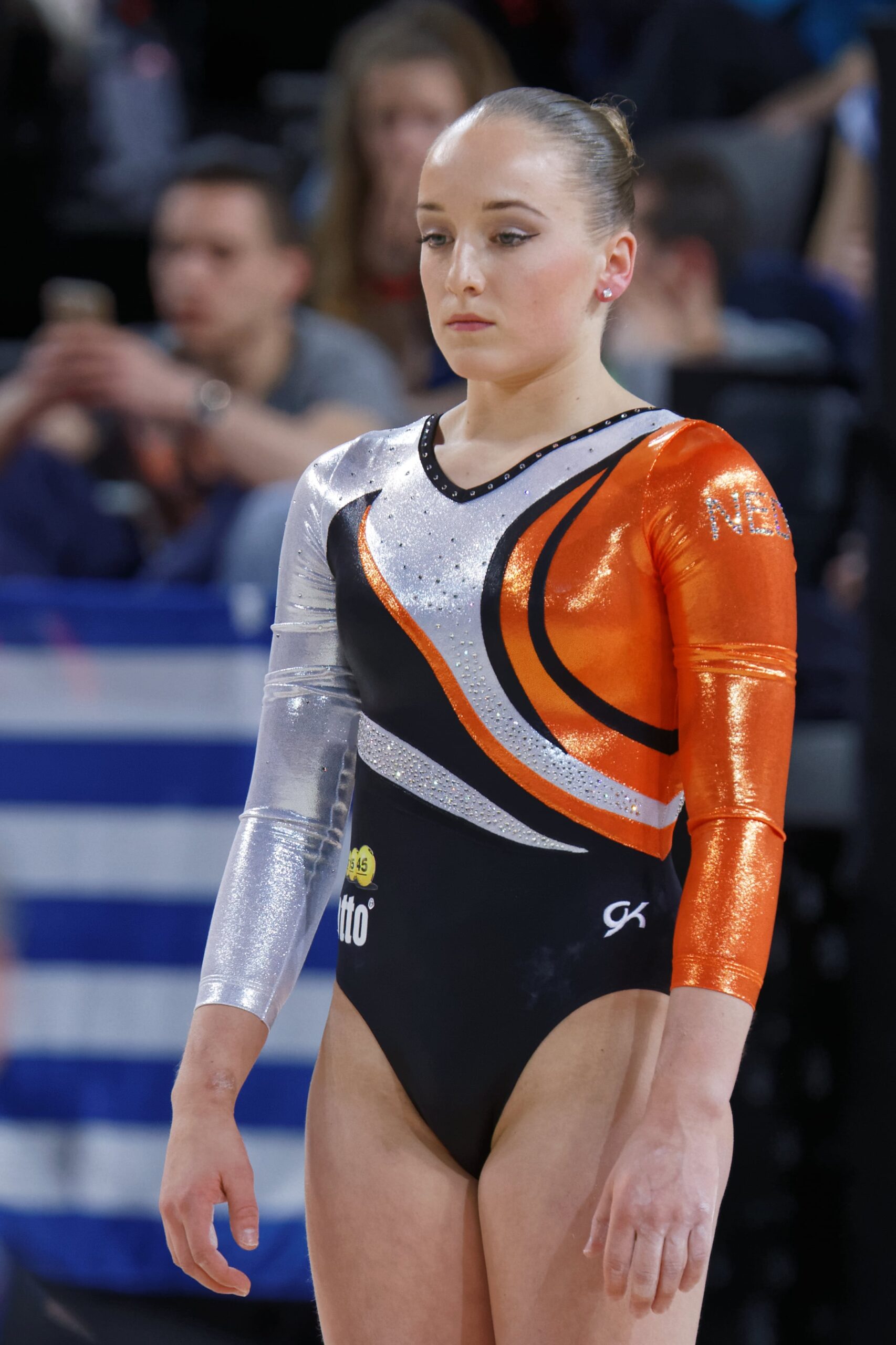
Women’s and men’s gymnastics are two of the most popular and frequently practiced forms of artistic gymnastics.
Furthermore, men compete in six events: floor exercise, pommel horse, still rings, vault, parallel bars, and high bar, whereas women compete in four: vault, uneven bars, balance beam, and floor exercise.
Additionally, the sport primarily involves using gymnastic apparatus and the floor for various activities.
2. Rhythmic Gymnastics (RG)
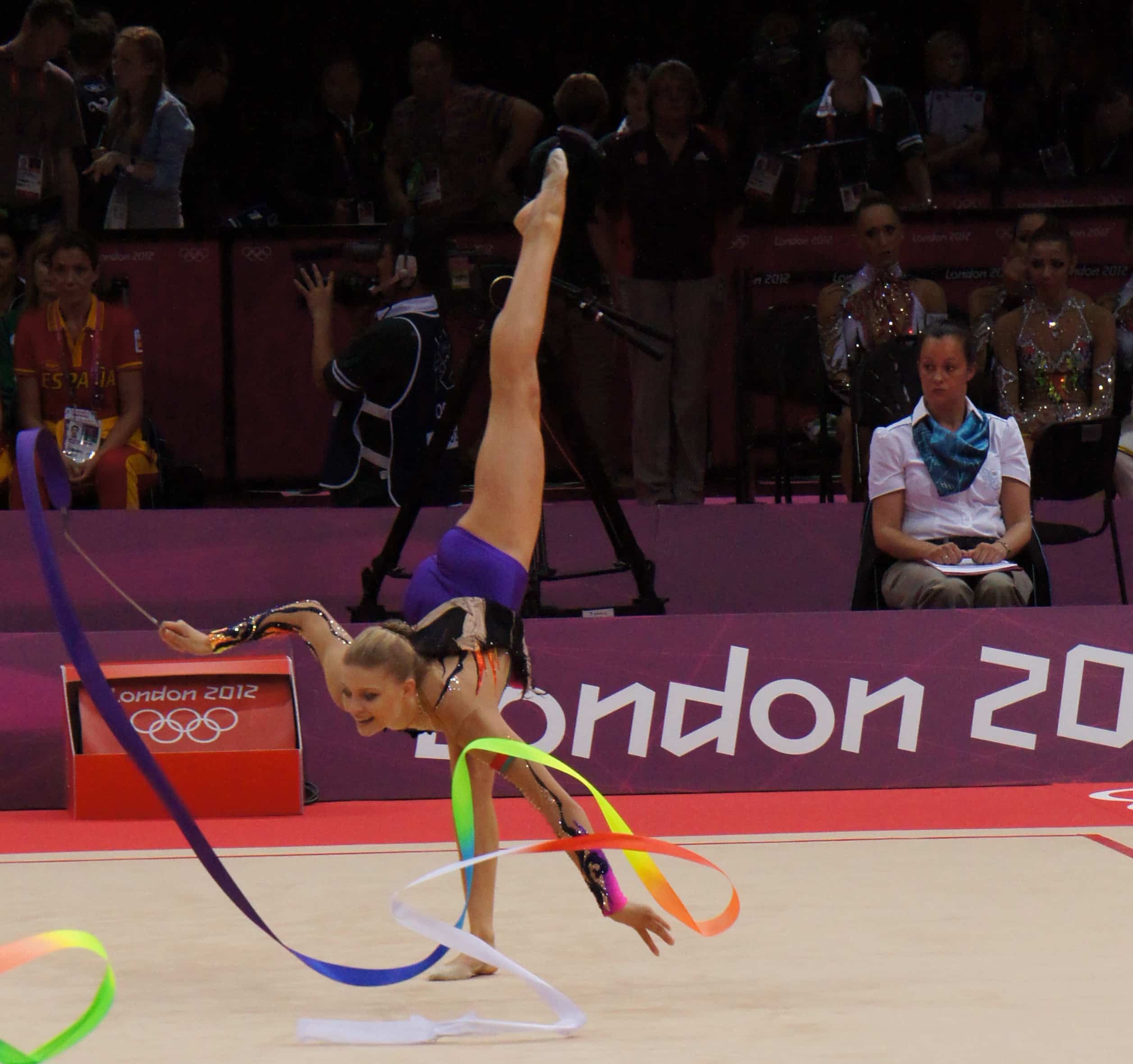
Rhythmic gymnastics is another type of gymnastics. It is currently a female-only sport. It uses hoops, balls, ropes, and ribbons to demonstrate graceful movements emphasizing flexibility and agility.
Individual and team activities are divided into RG, frequently practiced with music. However, the art form incorporates ballet, dance, and apparatus handling to demonstrate skill, endurance, and hand-eye coordination.
3. Acrobatic Gymnastics
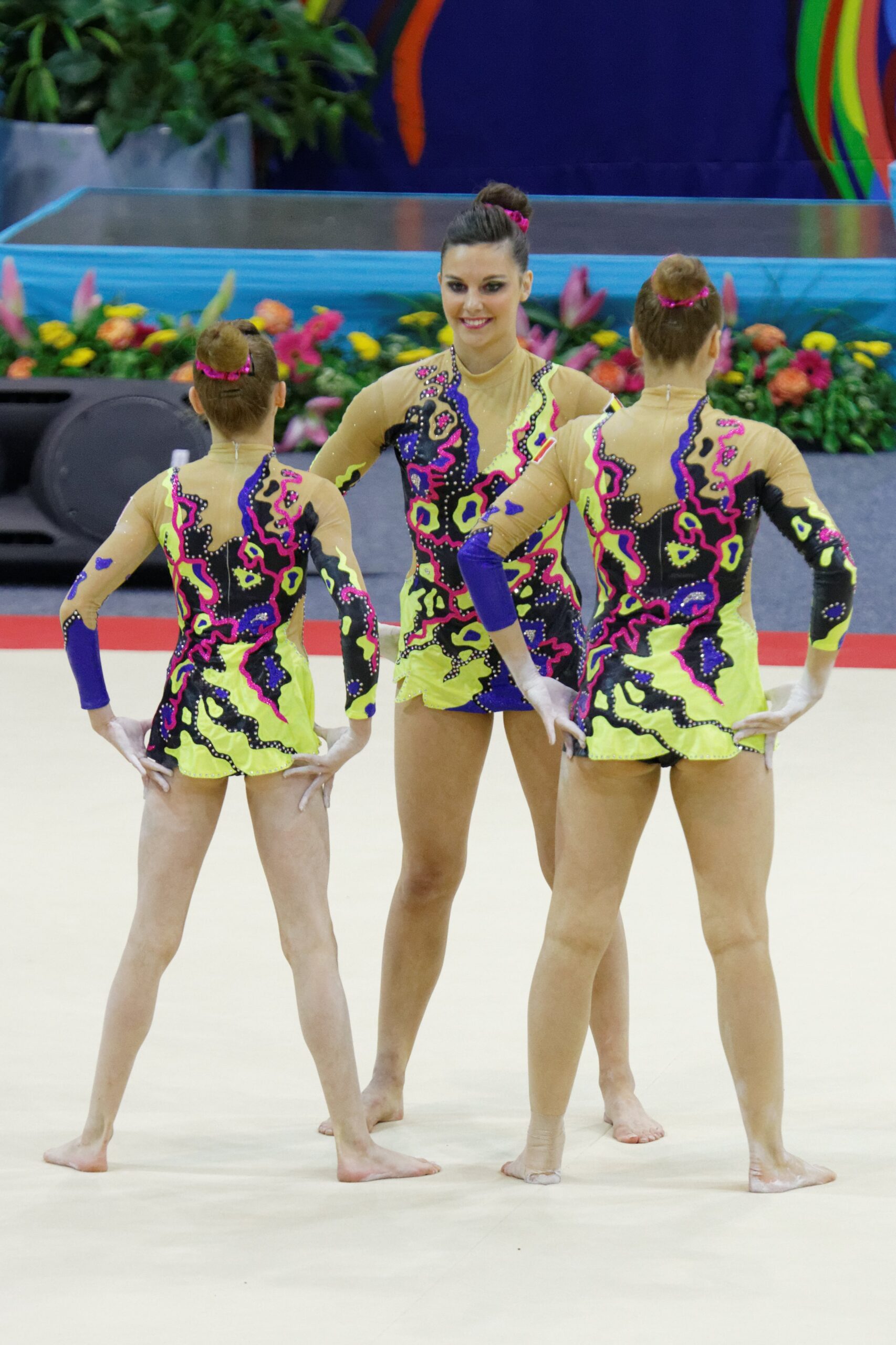
Acrobatic gymnastics is another type of gymnastics. It is undoubtedly one of the sport’s most impressive exhibitions of strength and coordination!
No equipment is utilized here. Furthermore, two to four gymnasts’ teams perform three different types of acrobatic moves: balance routines that emphasize strength, dynamic routines that include throws, catches, and somersaults, and a combination routine that incorporates both.
Acrobatic gymnastics is well-known for its thrilling, adventurous, and often dangerous maneuvers.
4. Trampoline Gymnastics
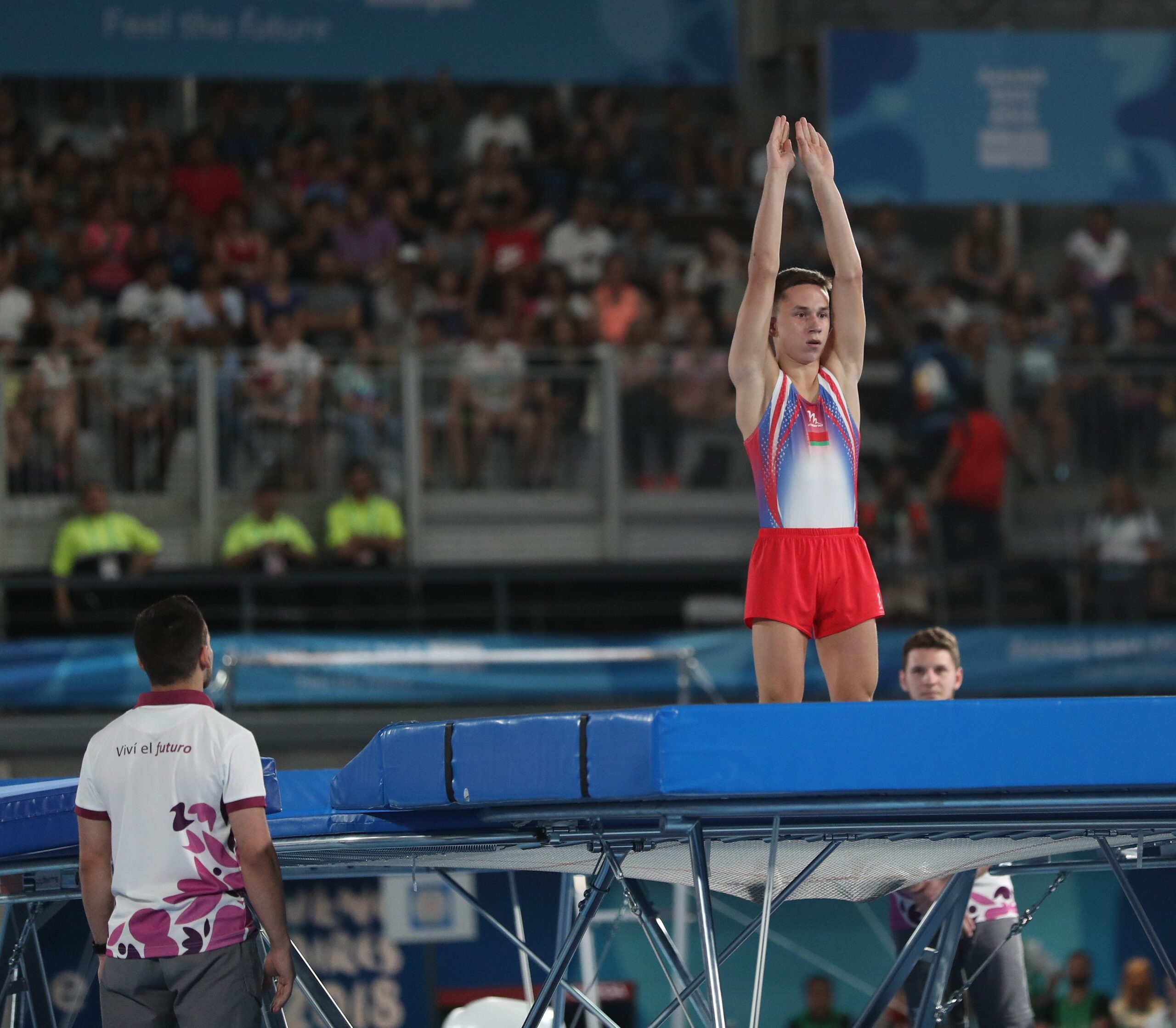
Trampoline Gymnastics is one of the different types of gymnastics. Gymnasts perform high-flying flips and twists on every bounce in trampoline gymnastics. For the 2000 Olympics, this was made an Olympic discipline.
However, the creative teams were lowered from seven to six members to accommodate trampolinists in the gymnastics quota.
In addition, the following are the events: In Olympic competitions, an obligatory and a voluntary routine are done. Each one has ten skills and is performed on the same trampoline.
In the United States, double mini (gymnasts use a smaller, two-level trampoline) and synchronized (two athletes perform simultaneously on distinct trampolines) are competitive events, although they are not Olympic events.
5. Tumbling Gymnastics

Tumbling gymnastics is one of the different types of gymnastics. Power Tumbling elevates trampoline training to new heights by incorporating aspects of artistic gymnastics.
On a 25-meter track, contestants make two passes, each displaying a set of eight talents. Furthermore, power tumbling necessitates high spatial awareness, strength, and coordination to perform successfully.




